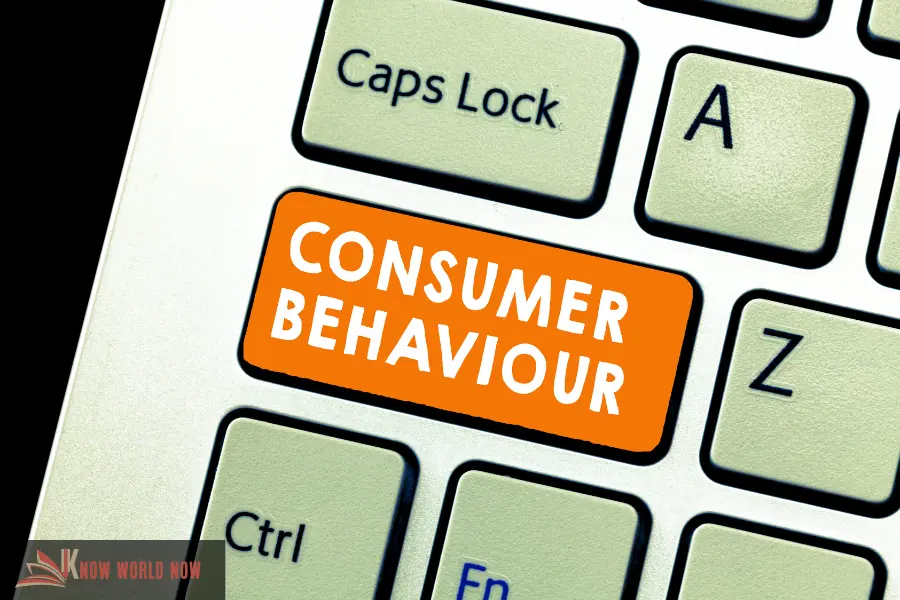Consumer research has always been an essential component of effective business strategy. From the earliest focus groups to the most advanced big data analytics, understanding consumer behavior enables companies to make informed decisions.
This article will explore the engaging journey of consumer research methods and user research tool, from traditional surveys to the complex big data algorithms shaping the business’s future.
The Early Days: Surveys and Focus Groups
In the mid-20th century, consumer research primarily revolved around surveys and focus groups. Businesses sought direct input from consumers through face-to-face or mail questionnaires.
Focus groups offered a more qualitative approach, allowing marketers to observe real-time consumer reactions and discussions. While effective, these methods were time-consuming, costly, and limited in scale. Nevertheless, they laid the groundwork for more advanced research methodologies.
The Internet Era: Online Surveys and Email Campaigns
Consumer research underwent a significant transformation as the Internet became a household utility in the late 1990s and early 2000s. Surveys moved online, making data collection quicker and more scalable.
Email campaigns, armed with click-through and open rates, gave marketers immediate, quantifiable insights into consumer behavior. However, even these digital methods had limitations. They were largely reactive—relying on consumer willingness to engage—and still required substantial resources for data interpretation.
Social Media: The New Focus Group
The rise of social media platforms such as Facebook, Twitter, and Instagram ushered in an unprecedented era of consumer research opportunities. Social media became the new focus group but on a global scale, offering real-time insights into consumer opinions, preferences, and behaviors.
Hashtags, likes, and shares became the new metrics, providing an ocean of data that could be analyzed to identify trends and preferences. This stage marked the transition from asking consumers what they thought to observing what they did—a monumental leap in consumer research.
The Age of Big Data and Analytics
The term “big data” became prominent in the 2010s, denoting vast amounts of data collected from various sources that could be analyzed for insights.
In the context of consumer research, big data refers to the aggregation of diverse sets of information—from online purchases and app usage to geographic locations and even weather patterns—to derive comprehensive consumer profiles.
With the help of powerful algorithms, businesses can anticipate trends, tailor marketing strategies, and even anticipate individual consumer behaviors. The capabilities of big data go far beyond anything traditional surveys could achieve, allowing for proactive rather than reactive strategies.
Consumer Research Platforms in the era of big data
With the help of powerful algorithms, businesses can predict trends, tailor marketing strategies, and even anticipate individual consumer behaviors.
The capabilities of big data go far beyond anything traditional surveys could achieve, allowing for proactive rather than reactive strategies. Consumer research platform has emerged as indispensable tools for businesses.
These platforms offer a centralized location for collecting, analyzing, and interpreting data. They integrate various data sources and use advanced algorithms to provide actionable insights.
Whether it’s customer segmentation, trend analysis, or predictive modeling, these platforms streamline the research process, making it easier for companies to make data-driven decision making.
They are the scaffolding on which modern consumer research is built, democratizing access to insights that were once the preserve of large corporations with significant resources.
Machine Learning and Artificial Intelligence
As we move further into the 21st century, machine learning and AI are setting new milestones in consumer research. Unlike traditional analytical methods that require human intervention for interpretation, AI algorithms can “learn” from the data they analyze.
They can predict future consumer behavior with astonishing accuracy, automating much of the marketing and product development decision-making process. AI can sift through mountains of data in real-time, adjusting strategies at a pace no human team could match.
Ethical Considerations: Privacy and Data Security
As consumer research methods evolve, ethical considerations, particularly data privacy-related, come to the fore. Businesses and consumers alike are becoming increasingly concerned about the implications of extensive data collection.
Regulations like the General Data Protection Regulation (GDPR) in Europe and the California Consumer Privacy Act (CCPA) in the United States aim to give consumers greater control over their personal data. These regulations force businesses to be more transparent about data usage, marking a significant shift in the consumer research landscape.
The Future: A Balance of Tech and Ethics
The future of consumer research will likely be a harmonious blend of technological advancement and ethical considerations. Emerging technologies like blockchain and edge computing promise to make data collection more secure and transparent.
On the other hand, a growing awareness of the ethical implications of big data is leading to more responsible consumer research practices. The coming years will see a more refined approach to understanding consumer behavior that respects individual privacy while leveraging technological advancements for business growth.
Conclusion
The journey from traditional surveys to the era of big data and AI has been both exciting and challenging. Consumer research has evolved from a rudimentary understanding of consumer opinions to a complex, nuanced, and incredibly accurate analysis of behaviors and preferences.
As we look to the future, the evolution is set to continue, propelled by technological innovation and a renewed emphasis on ethical practices.
The fundamental goal remains unchanged in this rapid evolution: to understand the consumer better. The methods we use to achieve that understanding may have changed dramatically, but the core objective is as relevant today as it was in the mailed surveys and focus groups era.
The future holds promise for even more sophisticated methods of understanding the consumer, bringing new opportunities and challenges in equal measure.
With this comprehensive perspective on the evolution of consumer research methods, businesses and marketers equipped with the latest tools and ethical guidelines are better poised to meet consumers’ ever-changing needs and desires. It’s a brave new world, and consumer research is leading.




